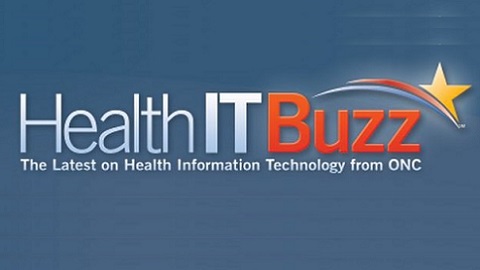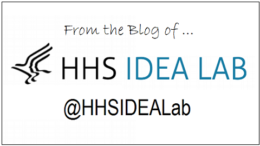New Market-Ready, User-Friendly Health Technology App and Infrastructure Support
By Karen B. DeSalvo & Steven Posnack – As a health care consumer, imagine if you were able to choose a software application to create a secure snapshot of your health information, like pictures that extend over the course of your lifetime.
Read More




